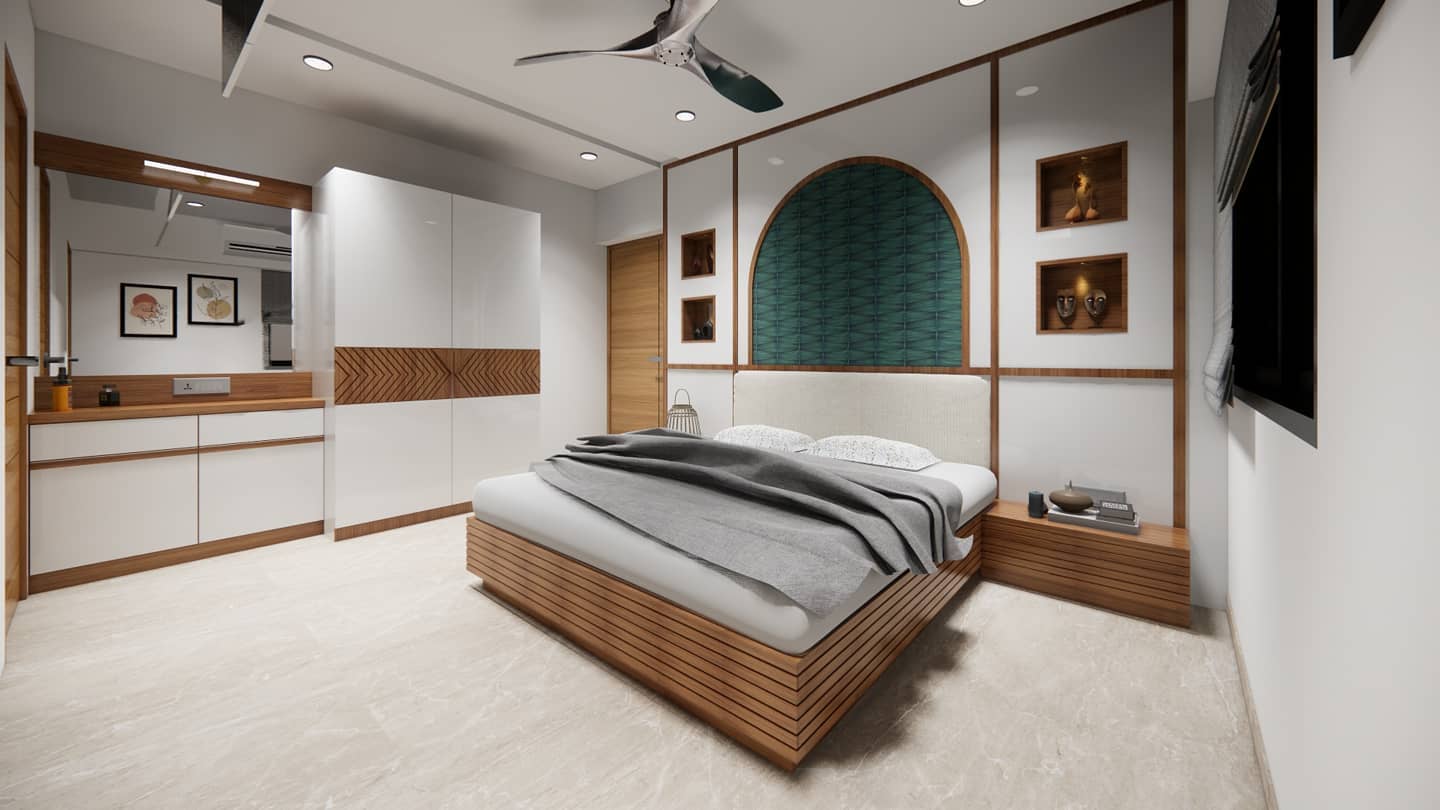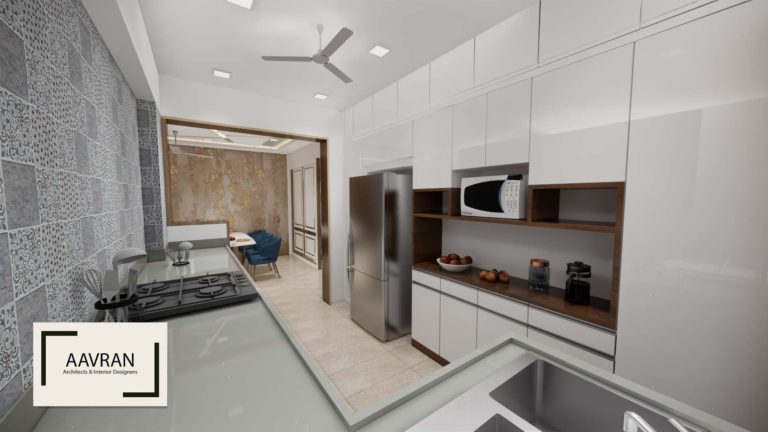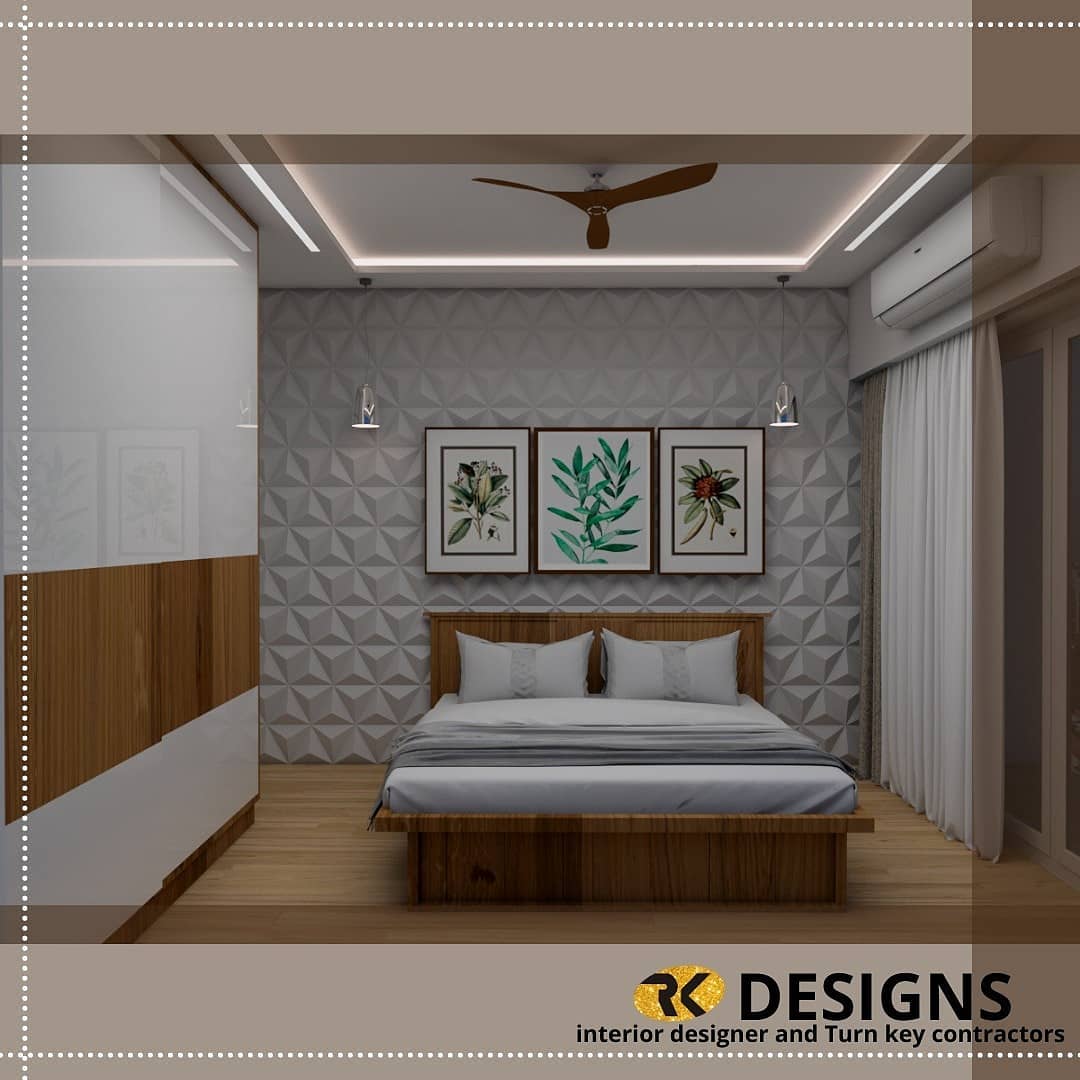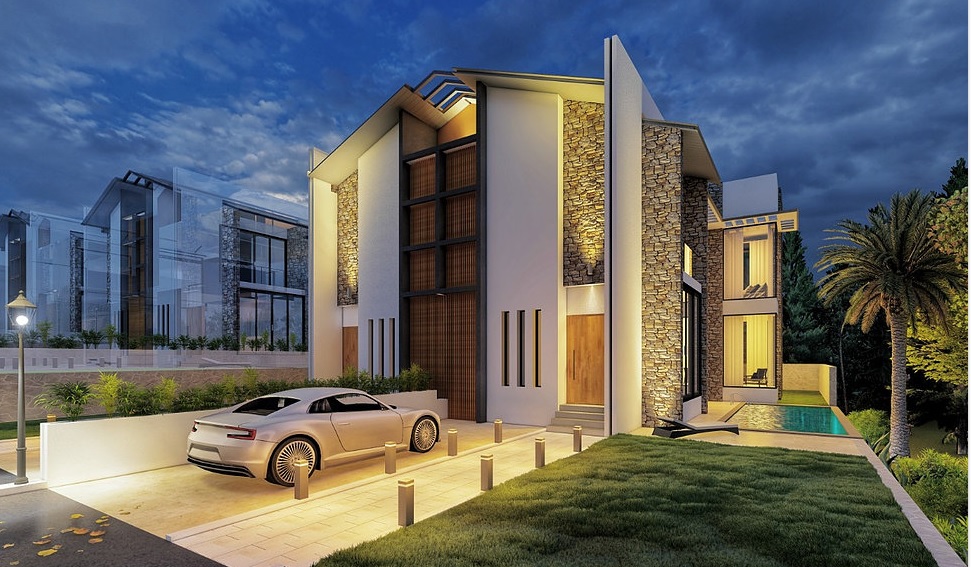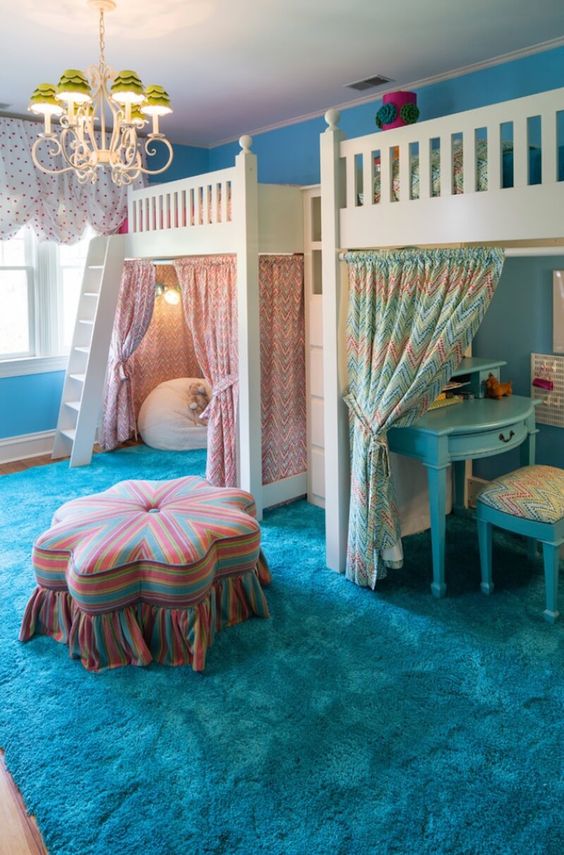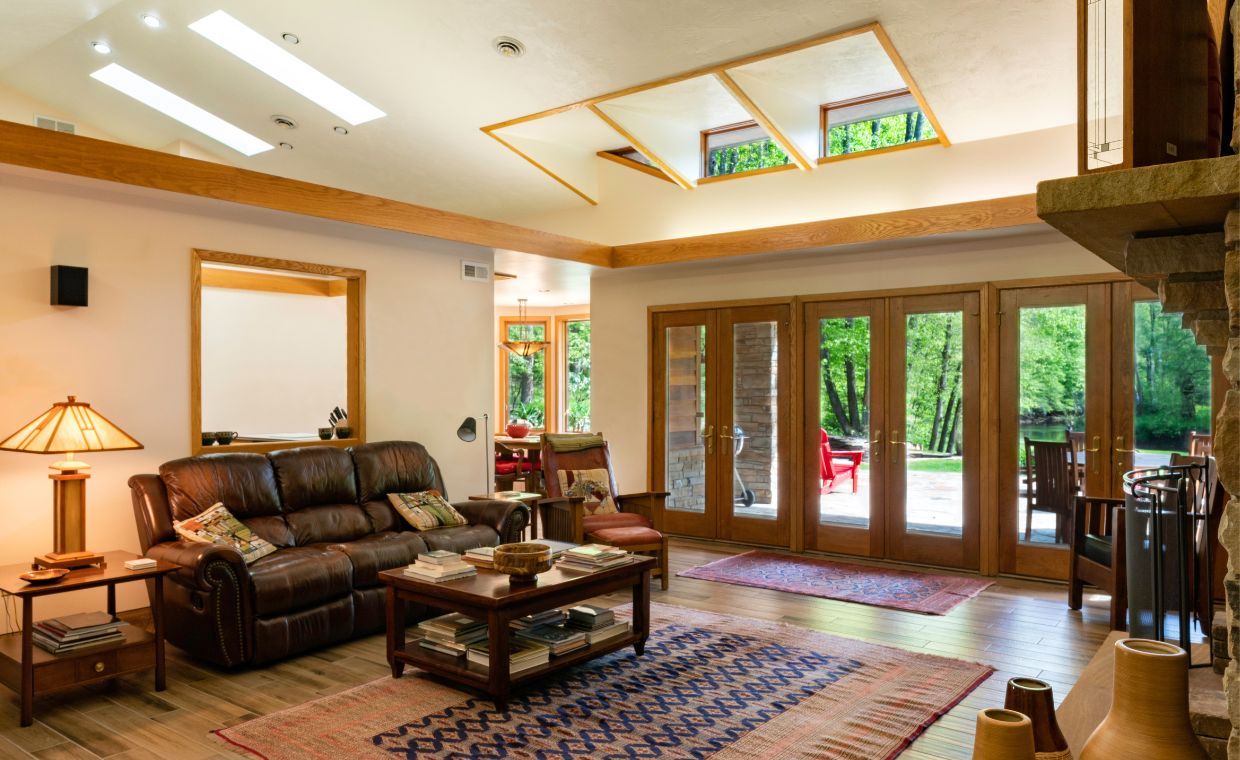
Table of Contents
Architecture has always been more than shelter, it’s a reflection of how we live, what we value, and where we’re going. In an age defined by environmental urgency, rapid urbanization, and technological upheaval, the role of architecture is expanding beyond aesthetics and structural soundness. Today’s architects are responsible for designing the future of architecture that are sustainable, inclusive, and responsive to a world in flux.
This shift is not happening in isolation. It’s being chronicled, analyzed, and debated across a growing number of design-focused publications and digital spaces, including blogs like www. kdarchitects.net, which explore how architecture influences and is influenced by our evolving social, environmental, and technological landscapes.
The Rise of Purpose-Driven Architecture

No longer content with iconic skylines or attention-grabbing façades, the architectural community is increasingly focused on purpose-driven architectural design. Buildings must now solve problems housing shortages, energy inefficiency, urban loneliness while also elevating the human experience. This emerging philosophy values architecture not as a product but as a process that begins with listening: to communities, to climates, to cultural context.
We see this in the movement toward mixed-use developments that blur the lines between residential, commercial, and public space. These structures are designed to foster connection and accessibility, often combining housing, co-working, recreation, and green space into one cohesive ecosystem. The goal isn’t just to build, but to build better for everyone.
Rethinking Materials and Sustainability

Sustainability is no longer a “nice to have”, it’s the baseline for ethical architecture. Modern projects are evaluated not just on visual impact but on their environmental footprint, energy performance, and material lifecycle. From cross-laminated timber to reclaimed concrete and 3D-printed bioplastics, sustainable materials are redefining the construction landscape.
Architects are embracing passive design techniques, such as strategic window placement for natural ventilation and light, to reduce reliance on artificial systems. Innovations like green roofs, solar-integrated façades, and rainwater collection systems are becoming standard practice. These aren’t just environmentally sound choices, they’re long-term cost savers, offering durability and energy efficiency in equal measure.
The Digital Revolution in Design

Technology has fundamentally altered the way architects conceptualize, plan, and execute their visions. Tools like Building Information Modeling (BIM), augmented reality, and generative design algorithms allow for unprecedented precision and creativity. Virtual walkthroughs let clients experience a space before it’s built, while AI-powered simulations can predict energy usage or material stress points during the earliest design phases.
These advances are helping bridge the gap between idea and execution, and they’re accelerating timelines while improving results. More importantly, they allow for real-time collaboration between teams, even when they’re spread across continents – an invaluable asset in today’s globalized world of architecture.
Reclaiming Public and Shared Spaces

As cities grapple with issues of density, mobility, and equity, architects are turning their attention to the spaces between buildings plazas, streetscapes, parks, and corridors. Public spaces are being reimagined as flexible, multifunctional environments that encourage engagement, wellness, and inclusivity.
In many cities, underused infrastructure is being repurposed into vibrant civic spaces. Abandoned rail lines become elevated parks; forgotten alleyways are transformed into community gardens. These shifts highlight the growing recognition that architecture doesn’t stop at a building’s edge, it extends into the social fabric of the city itself.
Human-Centered Design and Inclusivity

Great design serves everyone, not just the few. That’s the principle behind human-centered architecture, which emphasizes accessibility, comfort, and emotional connection. It’s about creating environments that don’t just function, but that also feel right, spaces that soothe, inspire, and invite people to linger.
This shift is particularly evident in healthcare and educational architecture, where design elements like natural light, acoustic balance, and spatial flow can dramatically affect outcomes. But it’s just as relevant in residential projects, workplaces, and public venues. By prioritizing the end user’s experience, architects can craft spaces that uplift and empower.
Preserving Heritage While Designing the Future of Architecture

Modern architecture isn’t about abandoning the past, it’s about learning from it. Across the world, we’re seeing a resurgence in adaptive reuse, where historic buildings are reimagined to meet contemporary needs. An old factory becomes an art museum; a decommissioned church transforms into a vibrant co-working hub.
These projects not only conserve materials but also preserve cultural narratives. They allow communities to retain a sense of continuity even as their physical environments evolve. When done well, adaptive reuse blends old and new in ways that honor both.
A Discipline in Motion
Architecture today is a living discipline – constantly adapting, expanding, and refining its role in society. No longer confined to blueprints and construction sites, it now intersects with policy, activism, technology, and sustainability. Architects are no longer just designers of buildings – they’re stewards of culture, environment, and possibility.
As our world continues to change, so too will the spaces we inhabit. The future of architecture is not yet built. But it’s being imagined and that’s where every great structure begins.
Also Read: Influence and Importance of Architecture in Building Design






